Satellite Swarm Test Run Proves The Future Is Now
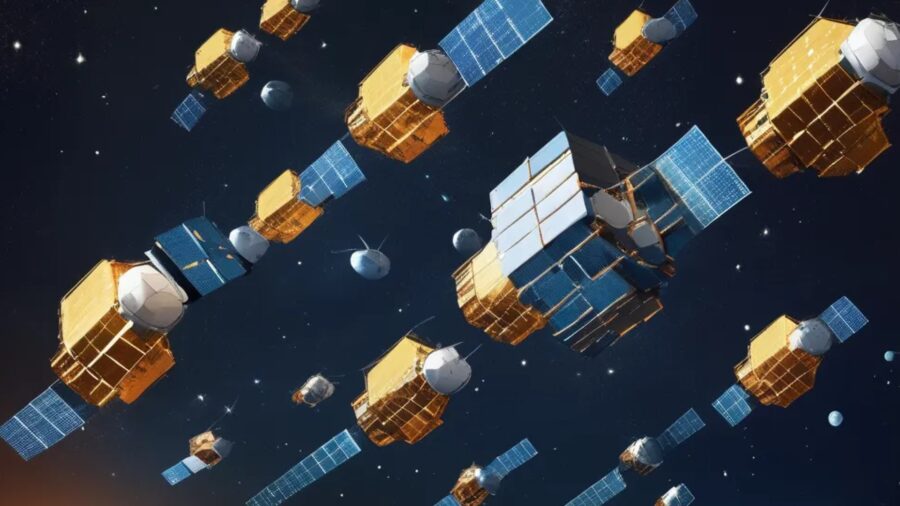
Scientists are trying to build a new type of satellite that would replace the bulky and rather expensive ones we’re currently using. They’ve recently started testing their idea by launching a swarm of smaller satellites into our orbit, which introduces some novelty into the satellite technology that allows the satellite swarm to operate autonomously well beyond our orbit—crucial for space exploration.
A Successful Experiment
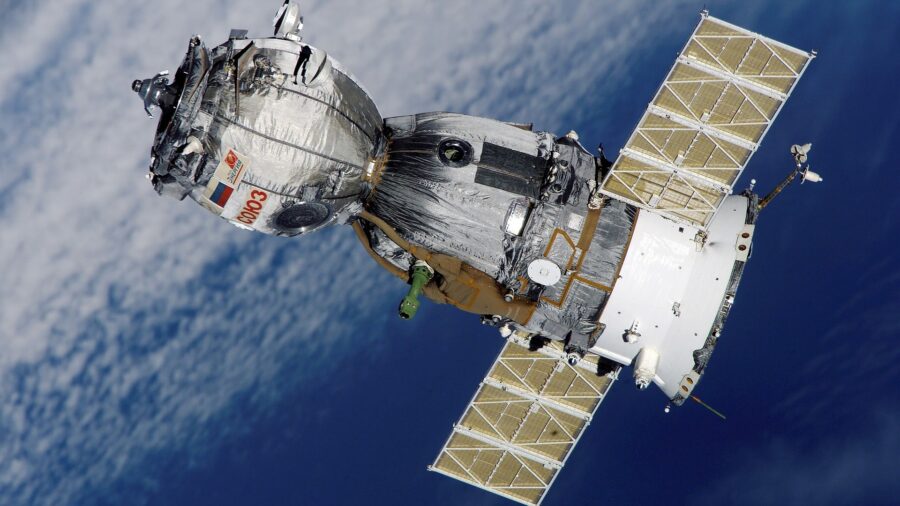
The satellite swarm test is known as Starling Formation-Flying Optical Experiment or StarFOX—not to be confused with the similarly named retro video game series—and it involved the team of scientists successfully navigating four small satellites working in tandem, using only visual information provided by onboard cameras that were subsequently used to calculate the satellite’s trajectories.
The experiment was a massive success, considering that the satellites positioned themselves with a 0.5 percent margin of error, which opened new doors to deep space exploration.
Not Like Typical Satellites

To understand the magnitude of this achievement, it’s important to know what separates satellite swarms from typical satellites—apart from numbers. Satellites and satellite swarms in Earth’s orbit rely on external navigation systems, such as GS, to determine their position relative to the Earth and other objects.
This is usually done by flight control or anyone else in charge of overseeing satellite operation and trajectory—however, what happens when Earth’s systems aren’t in the vicinity, and there’s no other way to determine positioning?
A Ton Of Data
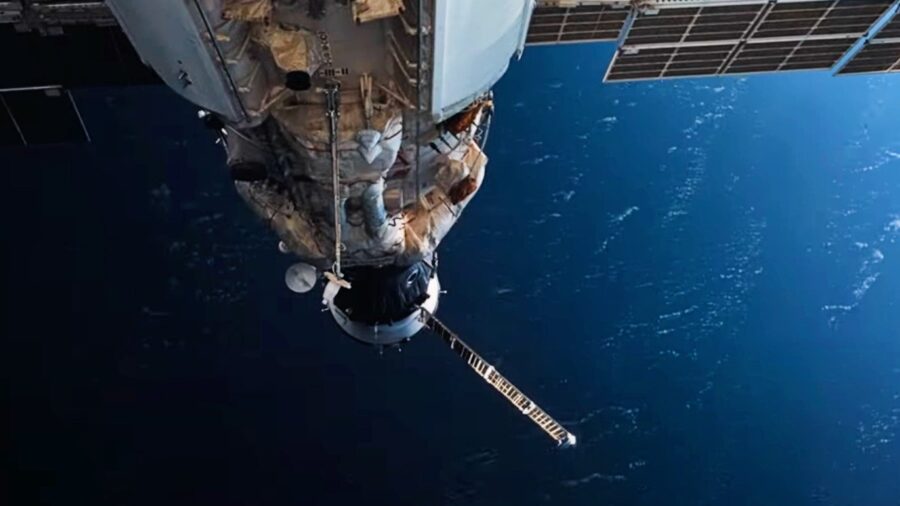
Well, while satellite swarms also determine their positioning using GPS, once they’re outside of Earth’s orbit, they can use the onboard cameras and advanced algorithms to help determine their positioning relative to each other. Mainly, the algorithms go through a ton of data provided by camera feeds to understand their surroundings and relative positioning.
This was successfully proven here on Earth, but Starling needed to prove whether or not this type of positioning and navigation would work in real-life applications.
Exceeded Expectations
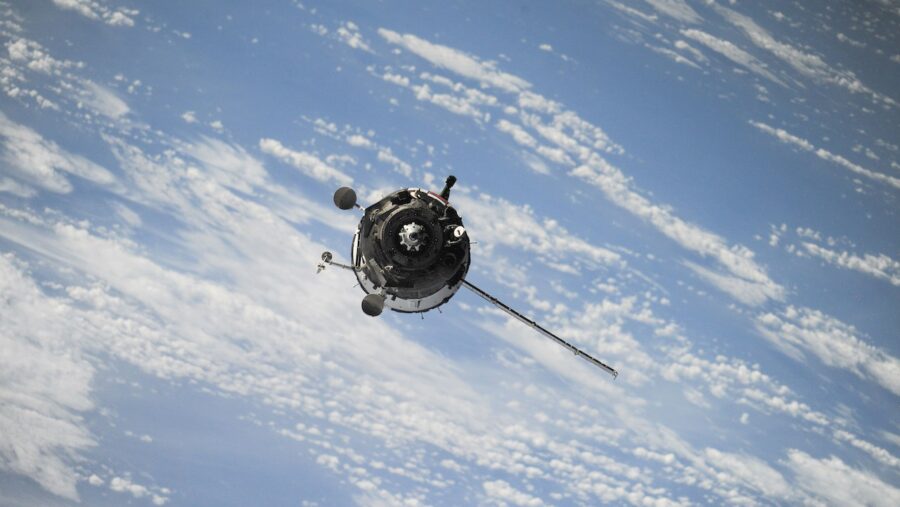
But, as it turns out, the satellite swarm exceeded everyone’s expectations. The satellites calculated each other’s positions within 0.1 percent of actual numbers, and the tech used doesn’t really require any additional hardware, regardless of whether it’s used on small and inexpensive spacecraft.
In fact, the entire setup used during the StarFOX experiment is relatively inexpensive, as it relies on proven 2D star-tracker cameras that are found on any modern satellite, which is what makes this type of angle-only navigation attractive.
More News To Come
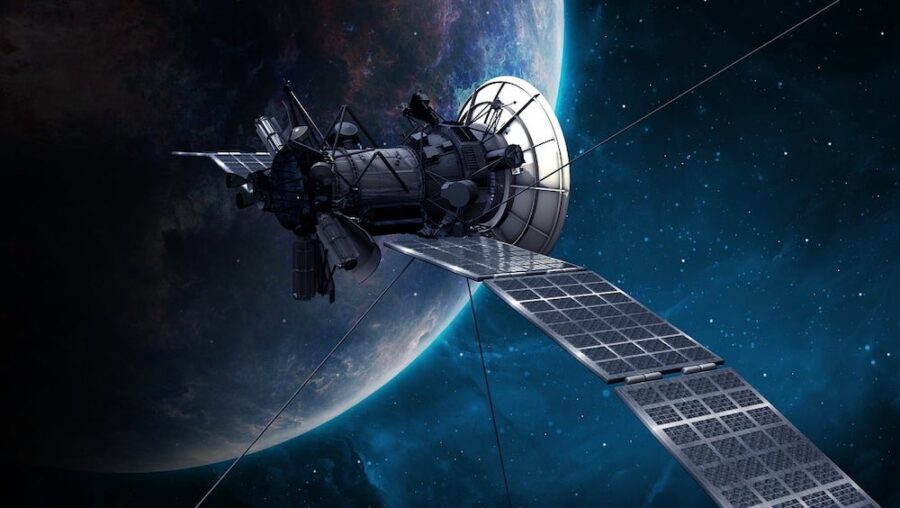
In other words, the satellite swarm will combine the data captured by individual satellites within the swarm and derive their position using the field of known stars as a reference to extract the exact bearing angles. These are then processed by the algorithm and fed into the onboard autonomous guidance, control, and collision avoidance systems.
The results are so promising that NASA decided to extend the project through next year to further explore the capabilities of the satellite swarm and chart new territories in space positioning technologies.
The success of StarFOX satellite swarm has broader implications than NASA, which isn’t the only one that understands the value of multiple assets coordinating in space to complete an objective that could hardly be achieved by a single spacecraft—the Department of Defense and US Space Force have shown interest in this as well.
Source: arXiv.org












